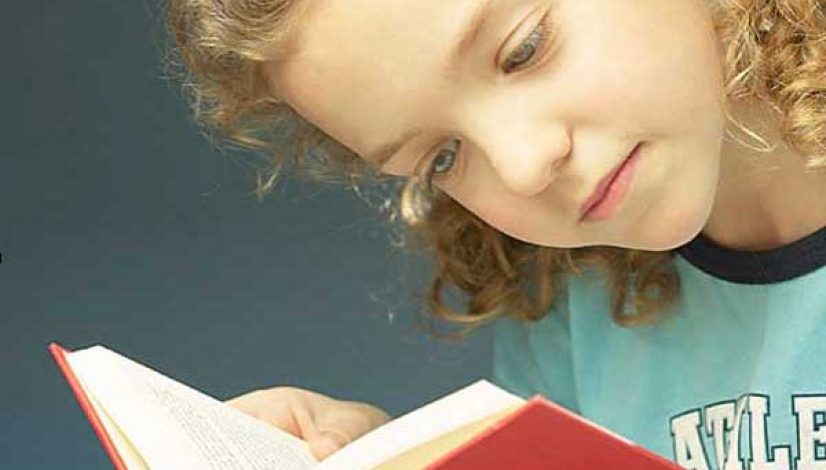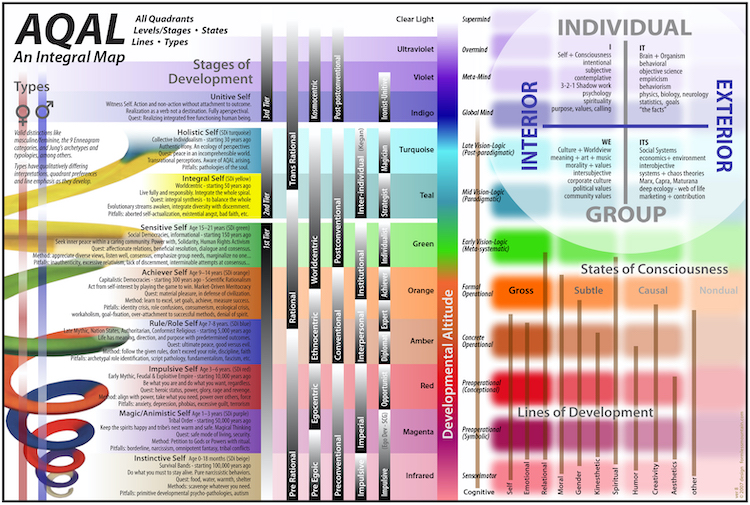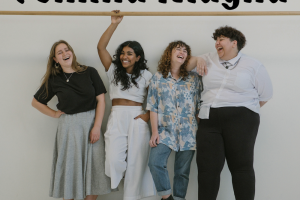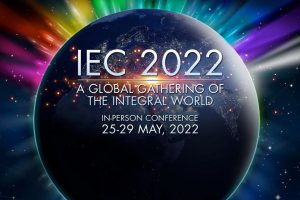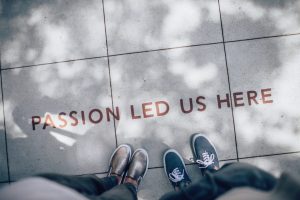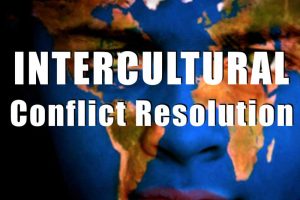Integral Education
Why pursue an understanding of the Integral Theory and apply it to education? Because you want the whole truth, you want to understand the world in which you live, not just from a limited position but from the broadest, most comprehensive position possible. The Integral Education allows You to see the whole picture. What is the benefit in taking a holistic perspective? A more interesting, meaningful, and richer life than you ever dreamed possible you, for me, for all of us and especially for our children.
Education is everything. We don’t need little changes, we need gigantic revolutionary changes. Schools should be palaces. Competition for the best teachers should be fierce. They should be getting six-figure salaries. Schools should be incredibly expensive for government and absolutely free of charge for its citizens, just like national defence That is my position. I just haven’t figured out how to do it yet. – Aaron Sorokin, The West Wing
Why Education?
I am passionate about education, both learning and teaching and I personally agree with Aaron Sorokin and his statement that education is everything and that we don’t need little changes, we need gigantic revolutionary changes… That is also my position and I just have figured out how to do it, well where to start at least. I decided to start with applying Integral Theory to Education.
Why this topic is important for me? Well, in my professional life I am educator (teacher and trainer) and in my personal life I’m a mother and I want my kids be happy and alive…also at school. Finally I am learner…that is enough reasons for me to be seriously interested in education.
And “YES” we need gigantic revolutionary changes. Prince Ea pointed it very well in his video:
Watching the documentary film: Alphabet from Erwin Wagenhofer or Changing Education Paradigms from Sir Ken Robinson will give also an idea why I am so worry about education. Education, according to Alphabet, is driven by fear. These days we’re living in a world where everything’s graded. This competition begins at school and ruins us in the long term. This system deals with a single question: Does it produce individuals who’re able to compete on the labor market? Nothing else interests people these days. But I do want something else for my children!
It looks like there is a lots of work which could be done in the field of education. Fortunately, there are some thinkers such as John Dewy, Jean Piaget, Lev Vygotsky, Rudolf Steiner, Paulo Freire, John Holt, Ivan Illich, Parker Palmer, Maria Montessori, Jerome Bruner, Jack Mezirow, and Howard Gardner just to name few, who developed alternative pedagogical theories in response to the perceived deficiencies of traditional institutional education, theories of learning, and social knowledge creation modalities. We have also a growing number of educational programs trying to transform education like those in the Integral Studies department at JFKU, Sir Aurobindo New education for a New Future or Sir Ken Robinson activities that are striving to successfully included and apply holistic, progressive or alternative pedagogues and educational approaches.
I put my passion for education and for integral together and create a Train The Trainer Program for trainers and teachers, trying included and apply holistic, progressive or alternative pedagogues and educational approaches. The potential to spread the good word and best practice by teaching future educators is exponentially greater this way. And Integral approach to education helps me to include multiple perspectives, understand the subjective experience of others and to find value in those, and in the end offer an effective tool to transform ourselves, serve our students, and create multidimensional curriculum.
Why Integral?
Some years ago the holistic perspective and Integral Theory burst into my life with energy, clarity, and promise. With it came a new understanding of life. I began to see that something was going on in the world, something that I hadn’t noticed before. I see my everyday life as conscious practice to learn and share and I’m really happy where I’m at right now. And as an integral teacher I try to integrate the best components of both conventional and alternative approaches to education into a fuller, wider, deeper, more transformative educational space.
“Integral” can be seen as pointing to four things: a (meta-) model or framework (a system of concepts for interpreting the world), a methodology (a set of injunctions or principles for inquiring about the world), a community (the embodied group or groups of people using integral models and methods), and/or a set of skills or capacities (a developmental stage that points past modern and post-modern cultural perspectives, and past formal operational modes of thinking).
According to Ken Wilber the integral map is made up of 5 elements called quadrants, levels, lines, states and types and that gives us the AQAL model (all quadrants, all levels, all lines, all states and all types. The AQAL model not only provides an Integral Map that enables the user to gain a more comprehensive understanding of any issue – including education — but using an Integral Approach can help to facilitate greater self awareness. This holistic approach recognizes that the whole is greater than the sum of its parts. We are missing something significant in our modern reductionistic practices. This mechanistic view, which works by breaking things into constituent parts, does not tell the whole story. In essence, the holistic perspective takes into account that life emerges out of individual elements.
Integral Theory are about seeing. Not so much about what is out there in the material world. There are already plenty of books about that. In this journey, we are interested in what is happening inside ourselves—in our heads, our hearts, and our souls. Acquiring a holistic perspective involves first becoming personally aware that perspective is subjective, an opinion, if you will. Next we consider the mechanics and development of perspective—how it works and unfolds. And finally, we look at its usefulness out in the real world and in our own lives. It’s an important journey, one that most people never take, or take only when life is just about to end. Let’s begin now while there is time to put it to good use. And I could not imagine better use then put it to education.
AQAL Model
Integral Education includes approaches to education from biological, neurological, societal, cultural, psychological, and spiritual fields of study. According to Ken Wilber – I wrote more about it here – the integral map is made up of 5 elements called quadrants, levels, lines, states and types, usually referred to as the AQAL Model (or AQAL Map). Wilber has chosen to frame or package his ideas in terms of a formal-looking model with seemingly precise categories. His AQAL model, which includes the Four Quadrants (or 8 Zones), 8 Developmental Stages or Levels, 3 primary States, and a variety of Types of human capacities.
- It makes two basic distinctions: interior/exterior and individual/collective. This creates a matrix with four worldspaces or quadrants: the upper-left or interior-individual, the upper-right or exterior-individual, the lower-right or exterior-collective, and the lower-left or interior-collective. These FOUR QUADRANTS also represent dimensions of reality. These dimensions are actual aspects of the world that are always present in each moment.
- Within each quadrant there are LEVELS OF DEVELOPMENT. Levels or waves in each quadrant demonstrate holarchy, which is a kind of hierarchy wherein each new level transcends the limits of the previous levels but includes the essential aspects of those same levels. According to Kegan (1994), in his book: In Over Our Heads, there are five developmental levels or “orders of consciousness” that define how a person knows the world or constructs reality. According to the Spiral Dynamics based on Dr. Dr. Graves’ research, there are at least 8 level of psychological existence.
- In addition, the Integral framework considers the many DEVELOPMENTAL LINES in a human being: cognitive, emotional, interpersonal, artistic, moral, spiritual, and others. Lines of development are another way to describe the distinct capacities that develop through levels in each aspect of reality as represented by the quadrants.
- It also acknowledges the importance for an individual’s development and motivation of STATES OF CONSCIOUSNESS. There are at least four main categories of natural states of consciousness that are acknowledged and included in Integral Theory. The first three are those states associated with waking, dreaming, and deep sleep: gross-waking states that take physical reality as its object; subtle-dream states that takes the subtle realm as its object; causal-formless states that takes vast openness as its object. The fourth category is witnessing states, which can take any state as its object and witness it
- Lastly, integral education considers TYPES, people enduring tendencies and inclinations toward, for example, introversion or extraversion; agency or communion; and orderliness or spontaneity.
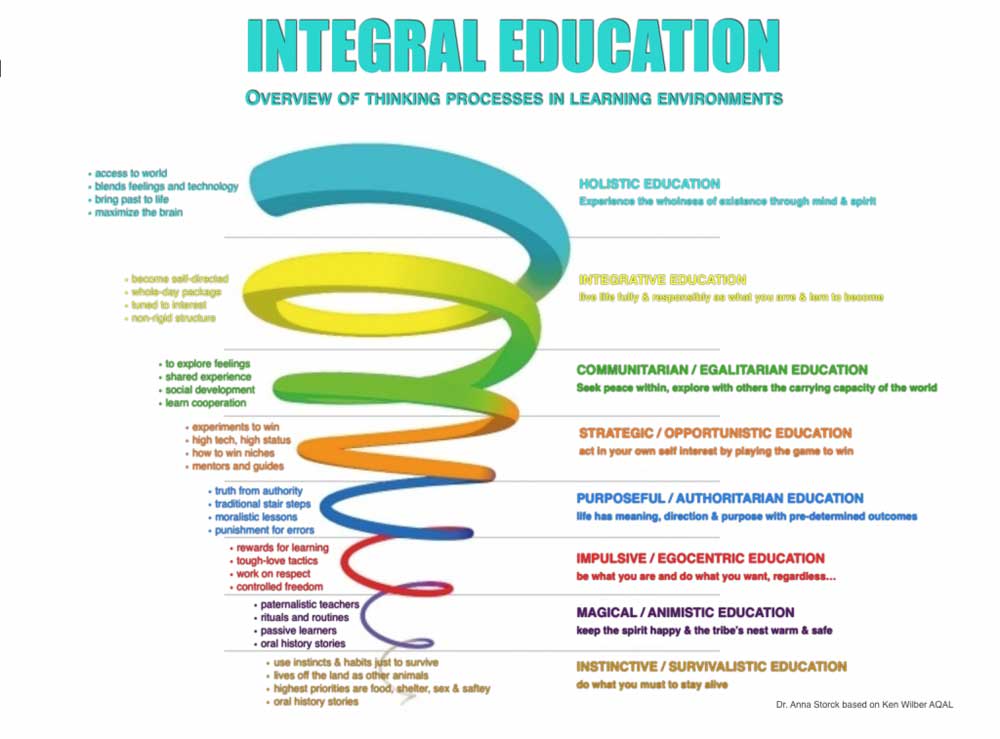
Integral Education
Integral Education attempts to discover how the many partial truths of educational philosophies and methods inform and complement each other in a coherent way, while acknowledging that the whole truth is still evolving and can never be completely captured. The Integral model provides an effective template to design pedagogy, classroom activities, evaluations, courses and curriculum. Drawing on the five elements of quadrants, levels, lines, states, and types, we as educators can be sure to include more essential aspects of educational space than most current approaches. So as an integral teacher I try to integrate the best components of both conventional and alternative approaches to education into a fuller, wider, deeper, more transformative educational space.
Many who have been inspired by a variety of particular progressive pedagogies find their way to the comforting and energizing umbrella of “integral,” which supports what they have in common and provides space and perspective on where they differ. Clearly “integral education” is more than the sum of these various theories (or the overlap among them). Please see below an attempt of overview of thinking processes in learning environments.
AQAL of Integral Education
The AQAL model not only provides an Integral Map that enables the user to gain a more comprehensive understanding of any issue – including education — but using an Integral Approach can help to facilitate greater self awareness. Applying the integral approach to education we consider all those aspects as follow:
- FOUR DIMENSIONS: The educational space has four irreducible dimensions that are all equally important and must be included in multiple ways: subjective experience, objective behaviour, intersubjective culture, and inter objective systems. Each of these four dimensions has depth and complexity that develops over time; this development can be facilitated. In particular, Integral teachers need to monitor how they are meeting their students where they are developmentally and not placing them in over their heads. These four levels are associated with the four most prevalent worldviews: traditional, modern, postmodern, and integral. Each of these worldviews has its own preferred behaviors, experiences, culture, and systems.
- DEVELOPMENTAL LINES: It is crucial to attend to the multiple developmental lines in teachers as well as students. This involves understanding the complex relationship between the capacity to take multiple perspectives (the cognitive line), to interact in meaningful ways with others (the interpersonal line), and to engage in worldcentric ethical action (the moral line).
- DIFFERENT STATES: Teachers must recognize and work creatively with the many natural and non-ordinary states of embodiment and awareness that they and their students cycle through both in the classroom and in daily life in response to class content and activities. The more that teachers can support students in accessing various gross, subtle, causal, and witnessing states, the more fluid they will be in their own embodied awareness.
- DIFFERENT TYPES: Because there are many types of learners and dimensions of learning, an educator needs to work with multiple typologies in order to provide the most responsive and effective educational space. Key typological categories to use include: the five senses, gender, personality, and preferred narrative style (i.e., first-, second-, and third-person).
Transformative Praxis
Integral Education first of all it is a transformative practice. Esbjörn-Hargens (Ed) 2010) in his Integral Education, states that:
The teacher, the students, and the classroom can engage transformative processes through various practices of awareness, interaction, and organization.
It is of utmost importance that the teacher continually engage in his or her own transformative practices, such as meditation and shadow work, in order to better stabilize post-rational modes of being and knowing.
Thus, it is not is not just a new set of beliefs about teaching and learning to be taught, but a pointer to a naturally occurring next wave of human capacities. These capacities are desperately needed to meet the complex and urgent problems of our time. For many educators then, what is of ultimate concern is helping learners, global citizens and future citizens, move vibrantly toward developing these capacities. After all, what would be the value of the passion for knowledge if it resulted only in a certain amount of knowledgeableness and not, in one way or another and to the extent possible, in the knower’s straying afield of [them]selves?
What attracts me most here is that by using the Integral Approach we are able to facilitate and dramatically accelerate cross-disciplinary and trans-disciplinary knowledge, thus creating the world’s first truly integral learning community. The integral view relates to the world as an interconnected system. This perception is the basis of the Integral Education, and thus defines a new integrated approach to teaching.
Albert Einstein said that a good theory is important because it deter- mines what we can see. The investigation of Integral Theory is not just an intellectual exercise for the aspiring academic, but it can change the world— your world.
By using this map, or lens through which to see this world, new possibilities arise where we can consciously join the evolutionary processes to create, renew, and reshape our planet. So, if you are willing, I invite you to join me in a quest, not of knowledge for the sake of knowledge, but of understanding for the sake of change; change that can bring a qualitative and quantifiable improvement in our individual lives and the whole universe as well.
You may be also interested in our related courses
All learning solutions are designed according to who we are training. Some participants need assistance with the new work culture, some prefer help with how to overcome mental challenges, others need to learn how to work in an international team. The finial program depends on earlier collaborative consultations and our training needs assessment results. Bellow possible training proposal.

